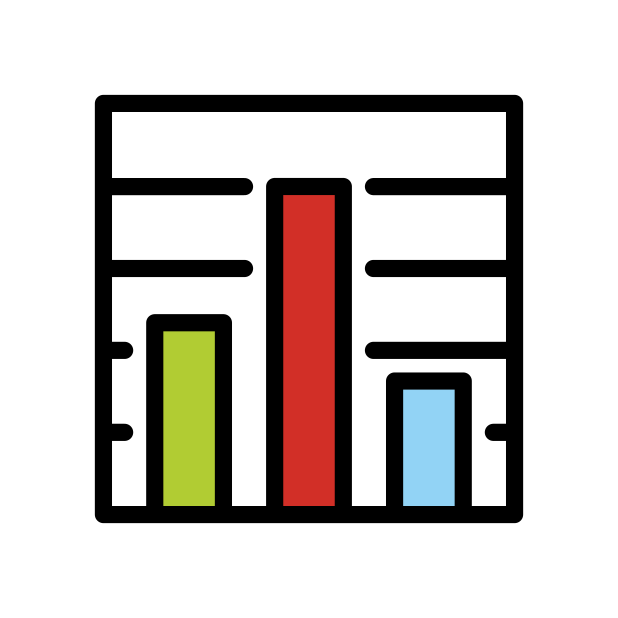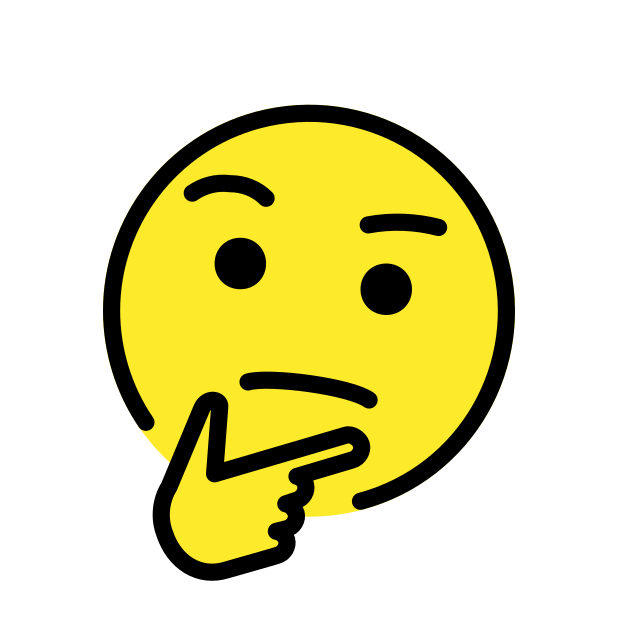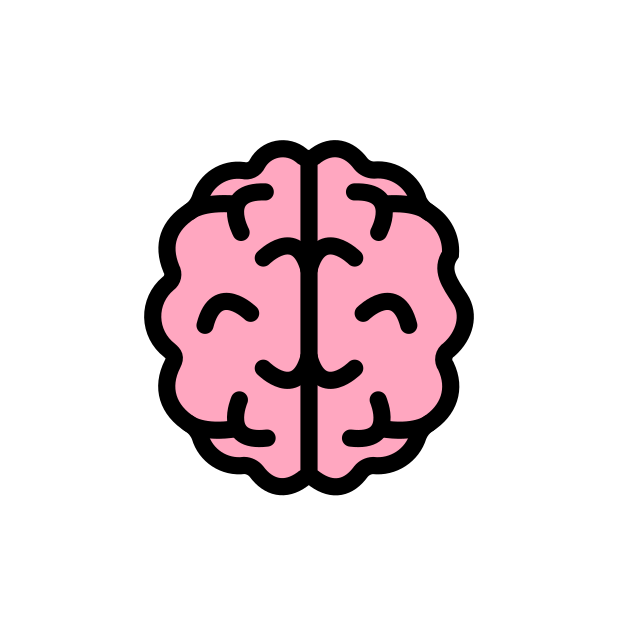Audio Transcription + High level analysis
A tool that transcribes audio files and performs high-level analysis to identify topics, extract quotes, and generate summaries.
Overview
The 'Audio Transcription + High level analysis' tool is a sophisticated solution designed to convert spoken words into written text with the added capability of analyzing the content for key themes and sentiments. It begins by accepting an audio file from the user, which it then processes to produce a verbatim transcription. This transcription includes speaker labels and timestamps, enabling clear differentiation between who said what and when. If the user opts for further analysis, the tool goes beyond mere transcription. It employs advanced language models to sift through the text, pinpointing the main topics of discussion. It can also extract significant quotes and provide a concise summary of the content, along with sentiment analysis towards each theme. This dual functionality of transcription and analysis is tailored to the user's needs, with options to exclude certain speakers or focus on specific analytical goals.
Use cases
This tool can be invaluable for journalists who need to transcribe interviews and highlight key statements, for market researchers analyzing focus group discussions to identify consumer sentiments, or for corporate professionals who want to summarize and extract actionable insights from lengthy meetings or conferences. It can also be used by podcasters and content creators to generate written content from their audio material, making it accessible to a wider audience including those with hearing impairments.
Benefits
The benefits of using this tool are multifaceted. It saves time and effort in transcribing audio files, which can be particularly useful for professionals who need to convert meetings, interviews, or presentations into text. The high-level analysis feature adds significant value by providing insights into the main topics and sentiments expressed, which can be crucial for content creators, marketers, and researchers looking to quickly understand and leverage the information within audio files. The ability to exclude certain speakers from the analysis ensures that the focus remains on the content that matters most to the user.
How it works
Upon receiving an audio file, the tool first transcribes the content, leveraging diarization technology to distinguish between different speakers. A JavaScript code transformation then extracts the full transcription text. If further analysis is requested, the tool uses a language model to categorize the content into themes and topics. Another layer of language model processing extracts relevant quotes and crafts a summary. The final output is a comprehensive compilation of the transcription, complete with speaker labels, timestamps, and, if applicable, a high-level analysis that includes a summary, quotes, and sentiment insights.
Featured Templates
Templates











.png/267f7076-70f7-4e5b-b566-cc64939eb422.png)











.png/917c4fcc-20b0-4076-b902-039e8a465bee.png)





.png/fb452f32-315b-4c1f-8d08-458f649eb50b.png)









